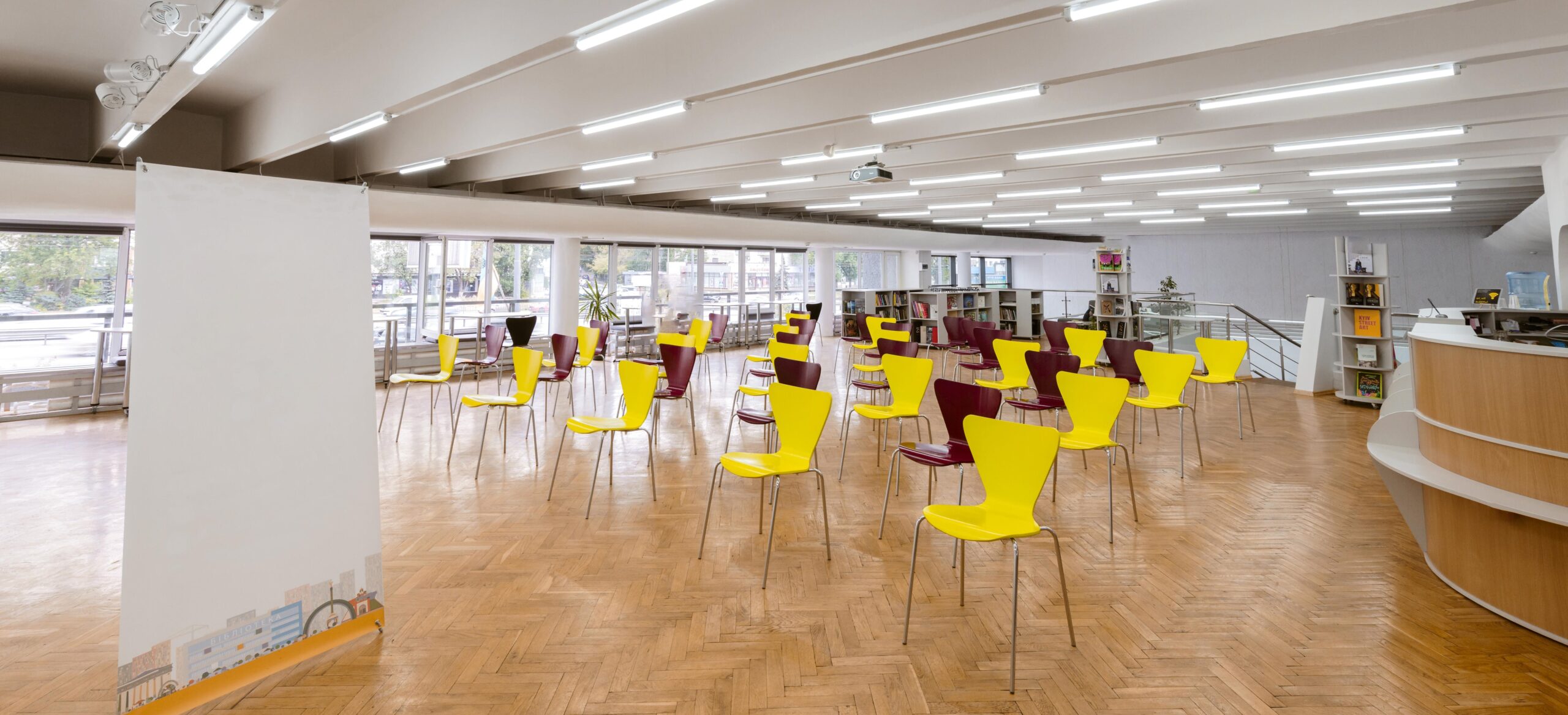Creating learning environments that inspire curiosity, creativity, and collaboration is no longer optional—it’s essential. As education evolves, schools are transforming from simple classrooms into dynamic, student-centric spaces. This is where school interior designers play a vital role. By blending aesthetics, safety, and functionality, these experts help build environments that spark imagination and improve learning outcomes.
Why School Interior Design Matters
A well-designed school impacts students far beyond the visual appeal. It enhances:
- Student Engagement
Vibrant colors, ergonomic furniture, and flexible layouts boost focus and make learning more enjoyable.
- Well-Being and Comfort
Natural light, proper ventilation, and cozy reading corners create safe, comforting spaces where children feel at ease.
- Modern Teaching Needs
Today’s teaching methods include group work, hands-on learning, digital tools, and creative thinking. Interiors must support all of these seamlessly.
- Improved Performance
When spaces are designed thoughtfully, students feel motivated—positively influencing academic performance.
Key Elements of Inspiring School Interiors
- Flexible Classrooms
Gone are the days of rigid rows of desks. Modern classrooms use movable furniture, modular tables, and multi-purpose layouts that support individual, group, and interactive learning.
- Creative Color Schemes
Colors significantly affect mood.
- Warm tones encourage activity.
- Cool shades calm the mind.
- Balanced palettes promote concentration and positivity.
- Safe & Durable Materials
Designers choose child-friendly materials that are non-toxic, easy to maintain, and built to withstand daily wear and tear—ensuring safety and longevity.
- Tech-Integrated Spaces
Smartboards, charging stations, media zones, and digital learning corners help students engage with technology effectively.
- Breakout & Activity Zones
Reading nooks, art corners, STEM labs, and play areas stimulate different types of learning—creative, analytical, and physical.
- Outdoor Learning Spaces
Courtyards, open stages, and shaded gardens encourage nature-based learning and group activities, offering students a refreshing change from indoor classrooms.
How School Interior Designers Transform Learning Spaces
Professional school interior designers bring structure and creativity together by:
Conducting Needs Assessment
Understanding age groups, curriculum styles, and school culture to create personalized designs.
Blending Aesthetics with Ergonomics
Designers ensure every space is visually appealing yet practical for daily operations.
Ensuring Compliance & Safety
From child-safe furniture to proper lighting and ventilation, they follow all educational design standards.
Creating Cohesive Themes
Whether it’s a nature-inspired school, a futuristic tech-driven campus, or a playful kindergarten, designers craft environments with consistent visual identity.
Maximizing Space
They transform even compact spaces into efficient, clutter-free learning zones using smart storage and space-saving solutions.
Benefits for Schools Investing in Good Interior Design
- Improved student attendance and attention
- Better teacher satisfaction
- Enhanced school reputation
- Higher admission enquiries
- Future-ready learning environments
- A strong brand presence
Conclusion
Inspiring learning spaces are more than just beautiful—they shape young minds, nurture creativity, and support modern education. School interior designers combine innovation, functionality, and child-centric ideas to create environments where students love to learn and teachers love to teach.
If you’re planning to upgrade or design a school interior, partnering with professional designers can transform your campus into a vibrant, future-ready educational space.
